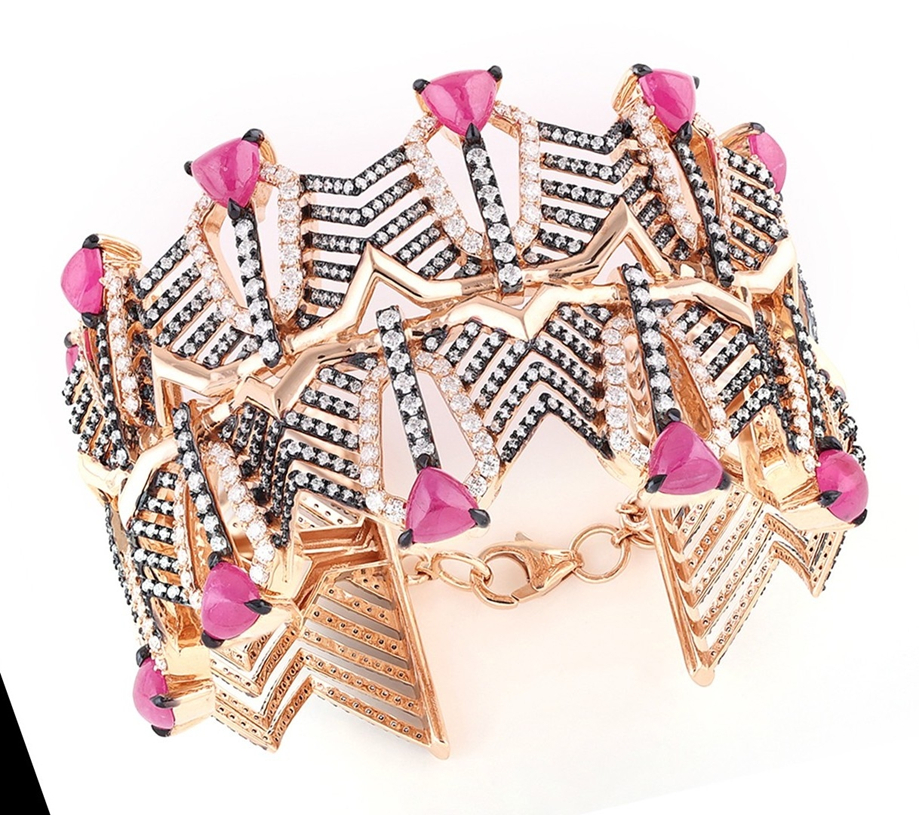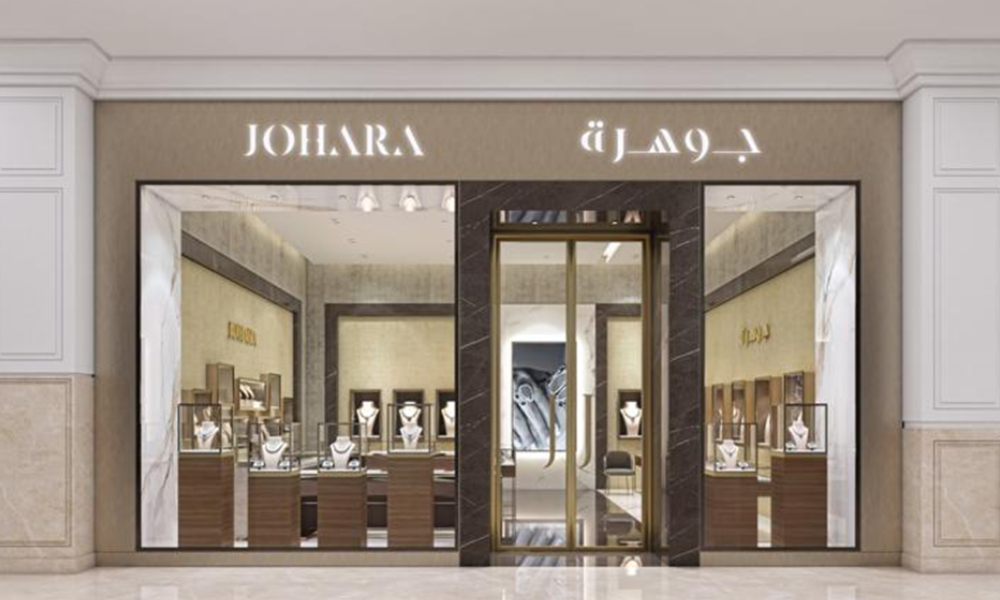Exploring the dynamic realm of Qatar’s jewellery market unveils an industry shaped by evolving consumer tastes and market dynamics. Narayanan Vaideeswaran, General Manager of the Jewellery Division at Al Mana Lifestyle, provides invaluable insights into the prevailing consumer preferences within the region.
The Al Mana Group is a Qatari multi-business conglomerate established in 1951, encompassing 8 verticals: automotive, real estate, entertainment, media & design, luxury brands, sport retail, food & beverage and jewellery and watches. Within its jewellery division, the Al Mana group operates three brands, Johara, Farah, and a partnership with Titan Company to bring the Tanishq Jewellery brand in Doha.
Johara, catering to sophisticated jewellery connoisseurs, operates seven showrooms across Doha, Qatar, and is approaching its third year of operations. Farah targets youthful consumers celebrating joyous and momentous occasions and is nearing a decade of business across three GCC regions—UAE, Qatar, and Kuwait—with eight stores across these locations. Additionally, Al Mana Group operates two Tanishq stores in Doha, located at Lulu D-Ring Road and Doha Festival City, primarily serving the Indian diaspora.

What are the current jewellery market trends in Qatar? Which product category is moving better amongst the Qataris?
Diamond jewellery, pearl jewellery, and gemstone jewellery are always in demand, and differentiated collections will continue to be a trend in Qatar.
How many stores does Al Mana currently have and what are the growth plans for the year 2024 in terms of new stores and new markets?
For all the three brands we have ambitious growth plans for this year. In addition, we have plans to expand both Farah and Johara across GCC in the coming years.

What is the demand for varied jewellery products, such as plain gold jewellery, diamond jewellery, gemstone jewellery, platinum jewellery, silver etc.?
In Qatar, all types of jewellery are generally sold, including diamond jewellery, gold jewellery (18kt, 21kt, and 22kt), and gemstone jewellery. Silver jewellery is sold at a moderate level, while platinum jewellery has a lower level of demand.

What are the consumer preferences, jewellery spending habits, etc.? How do you see overall sales vis a vis previous year?
Here, consumers purchase jewellery for weddings, gifts, self-adornment, and other joyous occasions such as graduations and Mother’s Day. We are witnessing growth compared to previous years. Also, business growth depends on mall traffic, however, brand name and trust remain critical in attracting and retaining customers.
As one of the leading retailers, what are the challenges that you foresee in the coming year and what are your plans to combat?
Geo-political issues are the biggest challenge in this region. Additionally, volatile gold prices cause customers to adopt a wait-and-see approach to buying. We believe lightweight and affordable jewellery can help mitigate the impact of fluctuating gold prices.
Which markets work better in terms of consumer buying and movement – is it the traditional gold souq market compared to the mall project? Are the buying trends different.
Customer segments differ significantly between souqs and malls. Souq customers are primarily traditional buyers who prefer gold, whereas mall customers are more focused on design.

